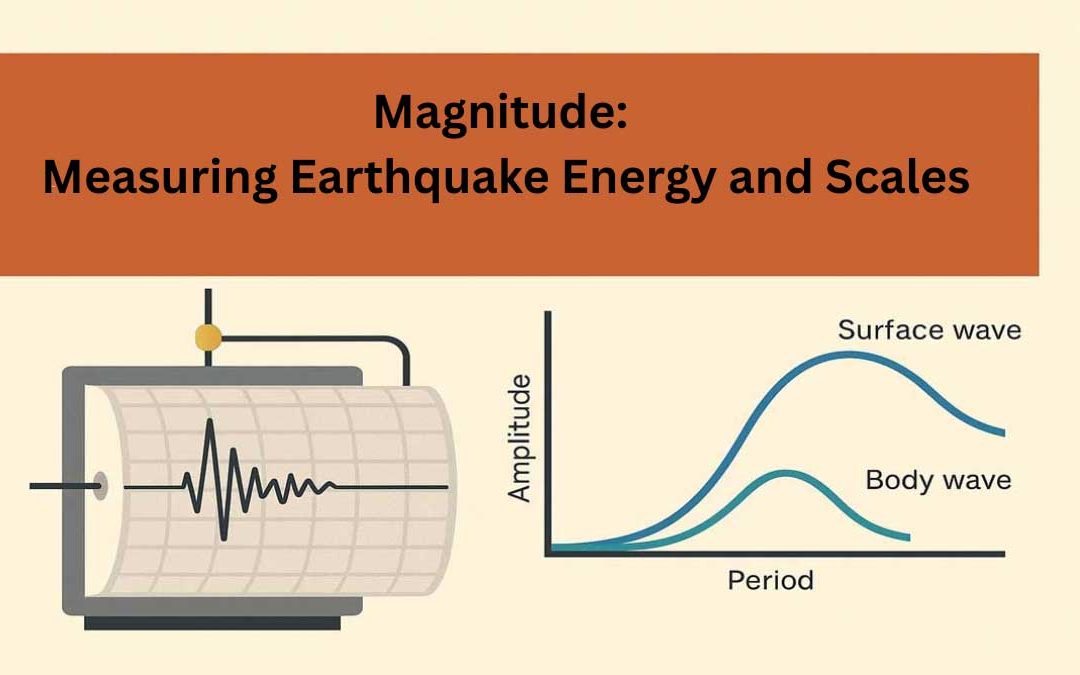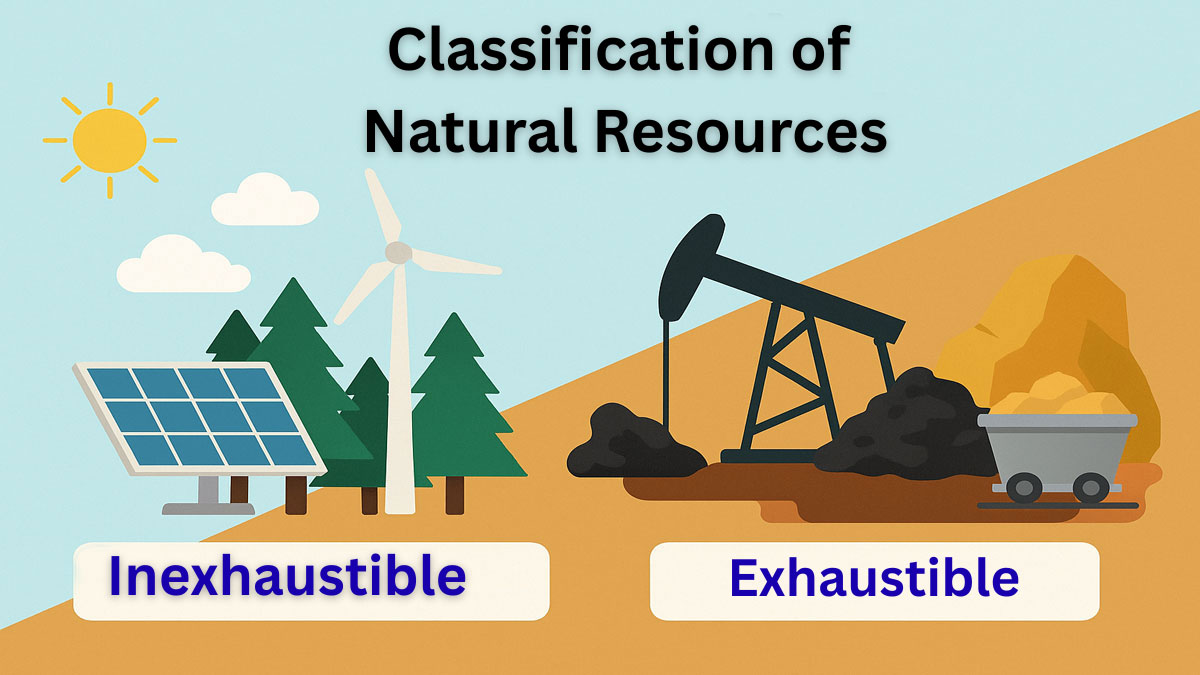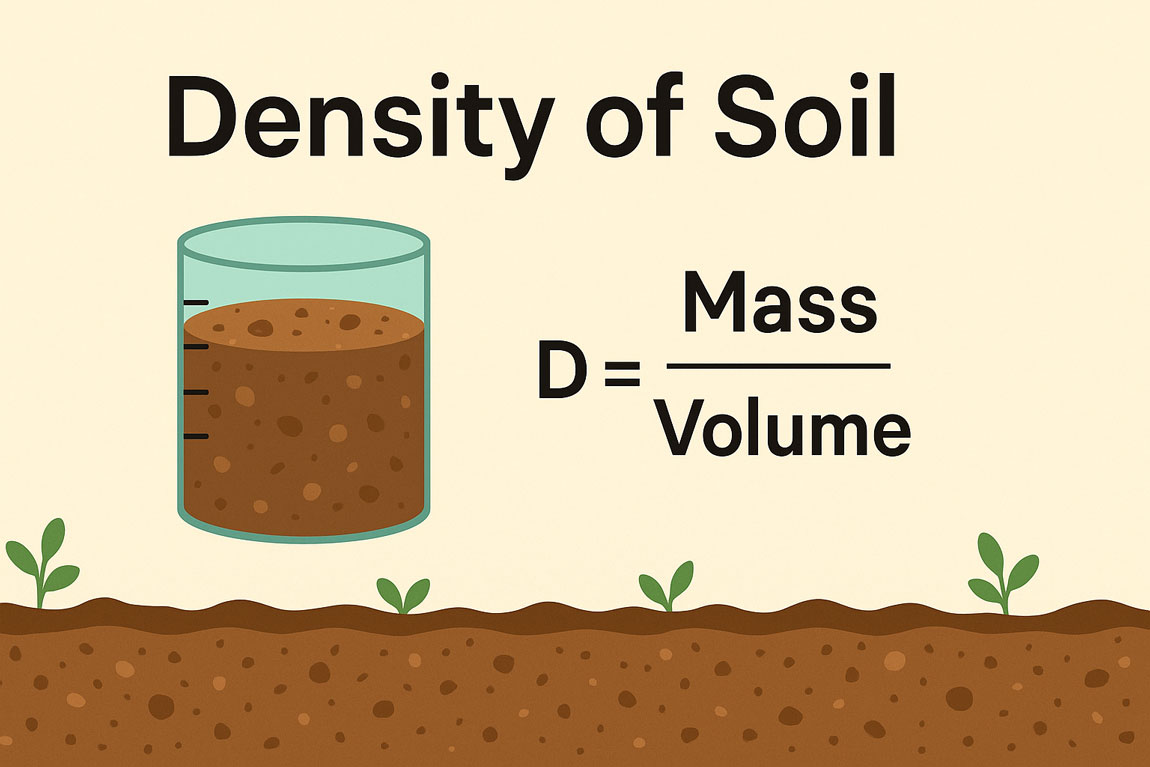Magnitude is a measurement of the energy released by an earthquake. Earthquake magnitude scales in general do not directly represent any physical parameters of the source. Magnitude scales can be used to represent the relative size of earthquakes.
Why Are Magnitude Scales Important?
- Simplicity of magnitude scales allows us to process large numbers of events in a very short time.
- Providing the public with quick information on the size of an earthquake.
- Fundamental data to be included in earthquake catalogs, which are the basis for a variety of scientific research projects.
How Are Magnitude Scales Calculated?
The magnitude scales currently used for measuring relative sizes of earthquakes are based on empirical formulas, which give results that depend on the wave types and frequency band used.
Types of Magnitude Scales:
We will review several magnitude scales: ML, MS, mB, mb (P), mb (Lg), and Mw.
1. Richter’s Local Magnitude (ML or Richter Scale)
- The first earthquake-magnitude scale was the Richter scale, devised by Charles F. Richter, a seismologist at the California Institute of Technology.
- The Richter scale is based on the amplitude of seismic waves – the stronger the earthquake, the stronger the seismic vibrations it causes. The Richter magnitude of an earthquake is expressed as a decimal number, such as 6.7.
- The most important thing to remember about Richter magnitude is that it is a logarithmic scale, meaning that an increase of one in magnitude corresponds to a factor of tenincrease in the amplitude of ground motion. For example, a magnitude 6.7 earthquake causes shaking 10 times greater in amplitude than a magnitude 5.7 earthquake and 100 times greater than a magnitude 4.7 earthquake.
2. Other Magnitude Scales
Simulation of traditional short– and long–period seismograms from digital, broadband record. We determine:
- mb(P) from WWSSN-SP (World Wide Standardized Seismographic Network) short-period record.
- mB and Ms from WWSSN-LP record.
Frequency Bands and Instruments Used for Magnitude Determination:
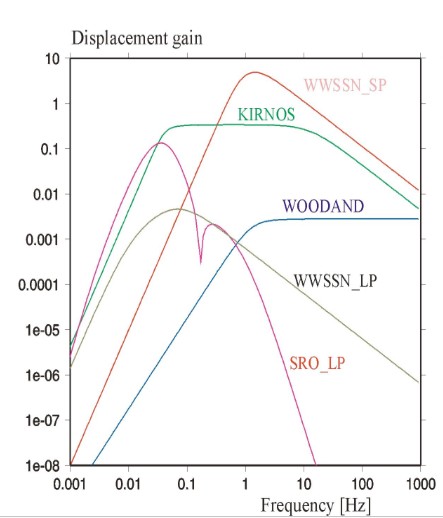
Instruments Used Worldwide:
- WOODAND = Wood-Anderson torsion seismograph, T0=0.8s
- WWSSN-SP = World-Wide Standardized Seismographic Network, short-period (T0=1s)
- WWSSN-LP = Press-Ewing long-period seismograph (T0=15s)
- KIRNOS = long-period SKD seismometer
- SRO = Seismic Research Observatory borehole seismometer with T0=30s
Amplitude and Period Measurements:
- B = zero-to-peak amplitude
- 2B = peak-to-peak amplitude
- B ~ ½ (2B)
- T = period
Wave Types Measured
a) & b) Teleseismic body-wave
c) Regional P- or S-wave train
d) Regional S or Rayleigh wave
e) Surface wave
Magnitude Calculations Based on Waveforms
- A – [Amax] → ML (Richter scale)
- A/T – [Amax / T] → Ms, mB, mb(P)
- (A/T)max → mb(Lg)
Usage of various Magnitude Scales, a Summary Table:
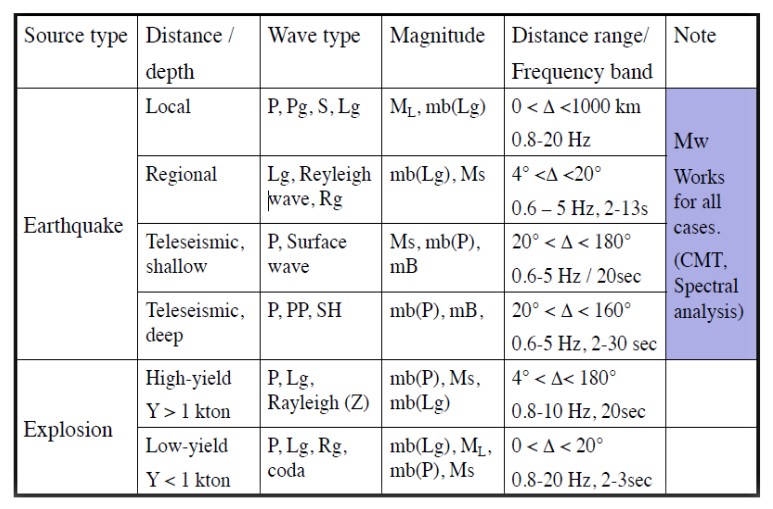
Magnitude Scale and Instrument Correlation:
| Magnitude Scale | Instruments Used |
| mb(P) | WWSSN-SP, KIRNOS |
| mB | Benioff 1-90, WWSSN-LP, KIRNOS |
| Ms | WWSN-LP, SRO, KIRNOS |
| ML | WOODAND |
| Mw | broadband |
Conclusion:
Magnitude scales provide a standardized way to measure and compare earthquake energy. From the Richter scale (ML) to modern broadband measurements (Mw), each scale serves a specific purpose in seismology. Understanding these scales helps scientists and the public assess earthquake impacts accurately.

